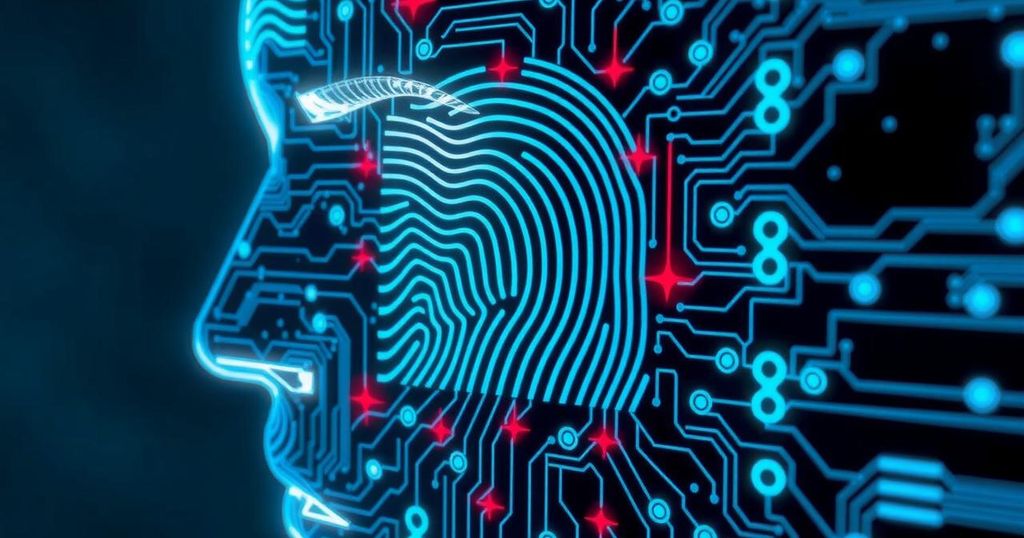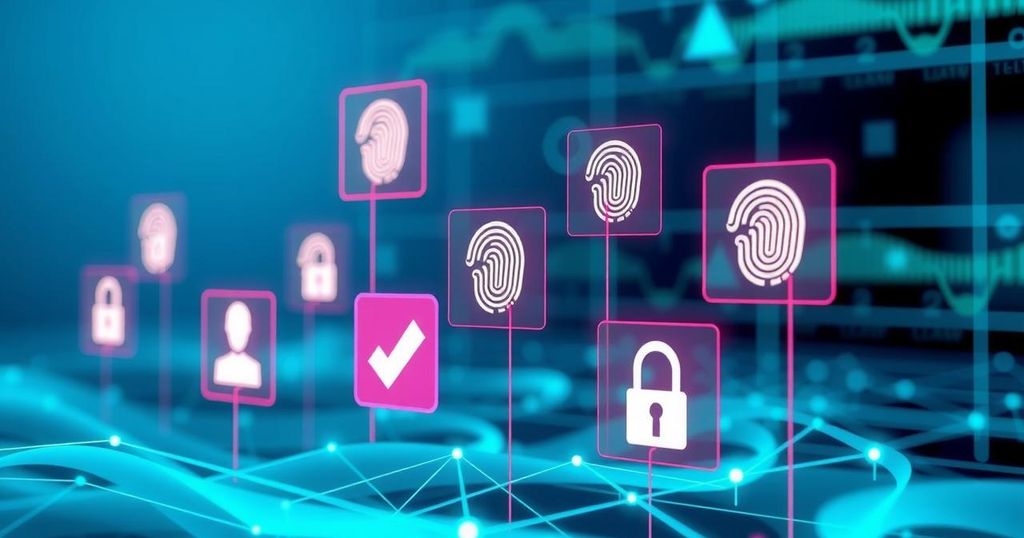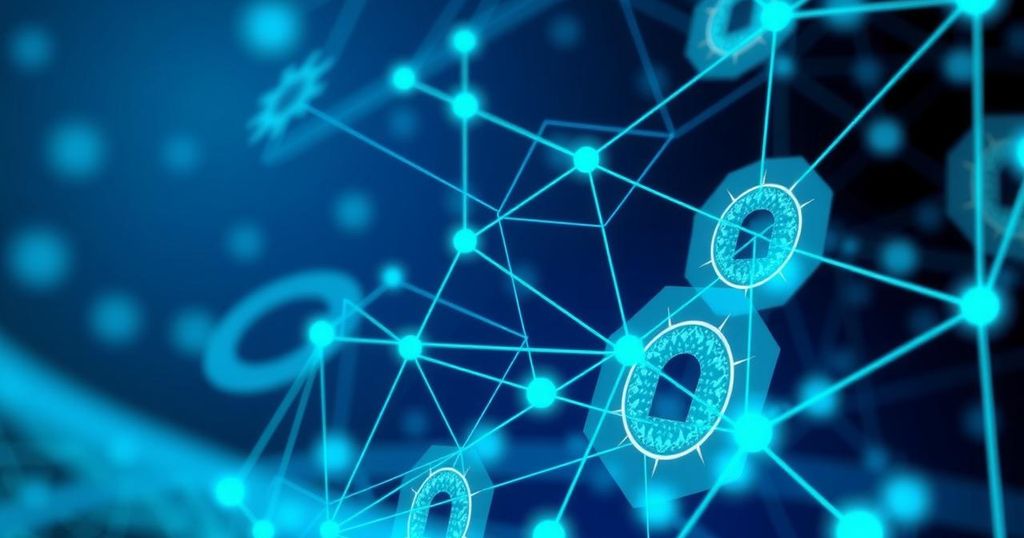A report by the Institute for Security and Technology warns that deepfake technology significantly threatens biometric authentication methods like facial and voice recognition. It highlights that while liveness detection can mitigate some risks, attackers are developing sophisticated methods to bypass these defenses. As AI evolves, the balance between utilizing its advantages and safeguarding against its potential misuses becomes crucial in the cybersecurity domain.
A recent report from the Institute for Security and Technology (IST) highlights the significant threat that deepfake technology poses to biometric authentication methods, particularly those relying on facial recognition and voice recognition. The report illustrates how instances of AI spoofing have already compromised biometric systems, emphasizing the necessity of integrating advanced anti-spoofing mechanisms like liveness detection to prevent unauthorized access. While AI advancements can potentially enhance both offensive and defensive cyber capabilities, integrating robust cybersecurity practices is essential to mitigate these emerging risks. The report critiques the lack of clarity in distinguishing genuine breaches in biometric systems versus those aided by AI spoofing. Liveness detection serves as a critical barrier against such attacks, ensuring that systems can differentiate between a living individual and a mere replication or deepfake. However, advanced AI algorithms have made it increasingly challenging for systems to maintain this security. Furthermore, as attackers leverage sophisticated methods that mimic real-life biometric attributes, assessing the full scope of AI’s impact on security remains complex.
The landscape of biometric authentication is rapidly evolving, intertwined with emerging technologies like AI and deep learning. Traditional systems that authenticate users via visual and auditory means are being tested by advanced spoofing techniques, particularly deepfakes, which can convincingly replicate an individual’s characteristics. The IST report provides an essential assessment of these threats and suggests ongoing investments in both offensive and defensive capabilities involving AI are vital for cybersecurity’s future. With liveness detection already implemented in many systems, understanding its role against AI-driven threats is crucial for maintaining security integrity.
To navigate the growing risks posed by AI and deepfake technology to biometric systems, organizations must prioritize the integration of robust cybersecurity measures, notably liveness detection, to enhance their defenses. The balance between leveraging AI for improved security and protecting against its misuse by malicious actors represents a significant challenge for the cybersecurity landscape going forward. Staying ahead necessitates continuous investment and innovation, aiming to protect sensitive biometric data and ensure the security of authentication systems.
Original Source: www.biometricupdate.com








